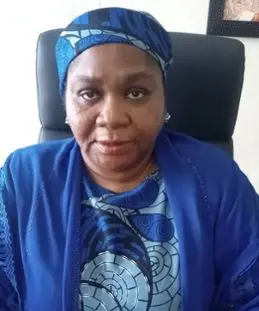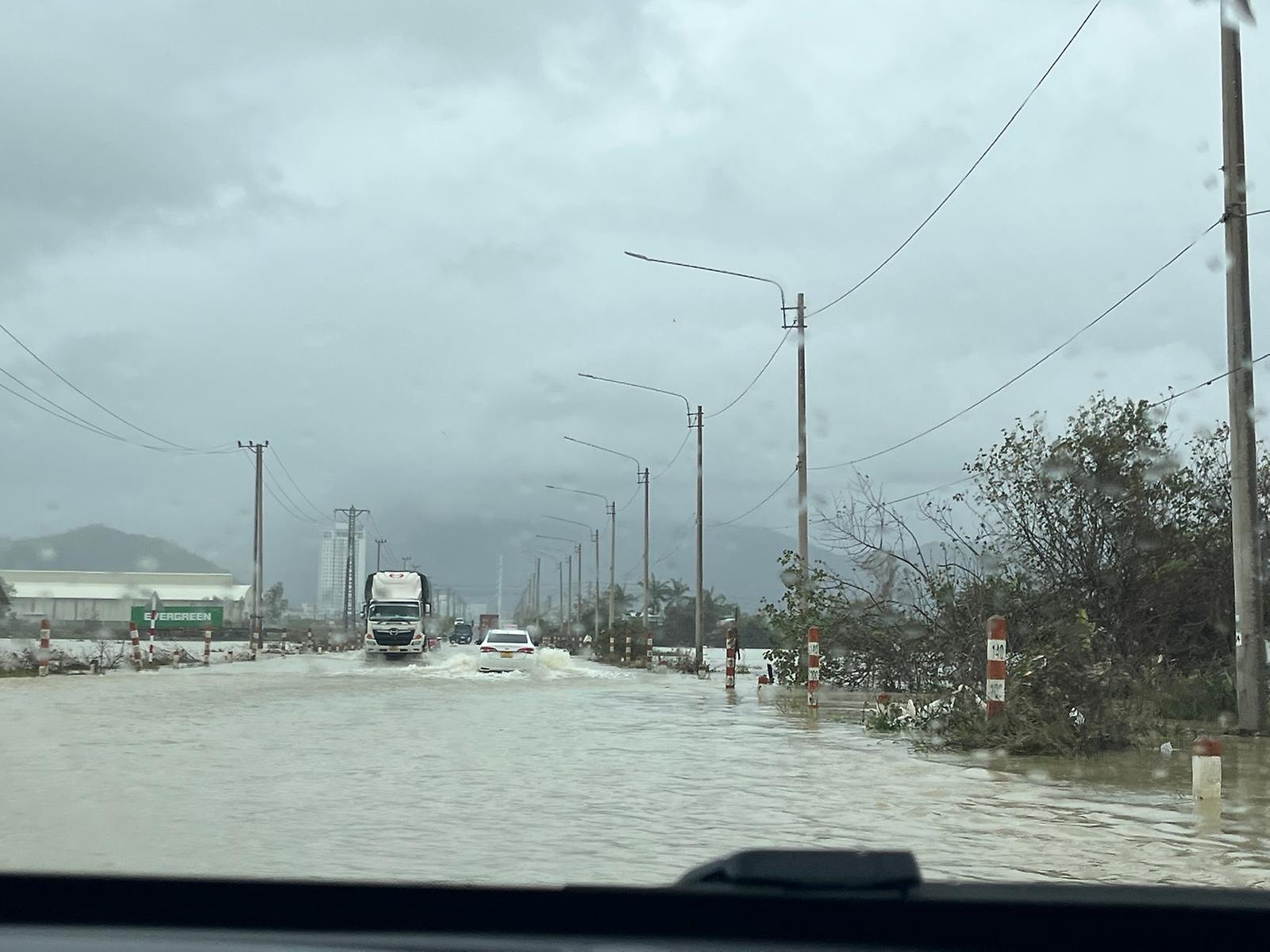Final fanfare for the project that developed a flood warning system for West Africa
In the joint research and development project FANFAR, SMHI and partners in 17 West African and three European countries have created an Early Warning System that provides a better opportunity for West African societies to act and minimize flood impacts. The system is now in use and the Nigerian Hydrological Services Agency has already experienced that it saved both lives and property during flooding in 2020.
The FANFAR consortium and more than 30 agencies in West Africa, from Cape Verde in the west to Chad in the east, have worked together to create the flood forecasting and alert system. During and after the rainy season when a large part of the annual precipitation falls, there is often severe flooding in the region. The forecast and alert system is important in order to protect societies against the serious flood-related consequences.
 Zoom image
Zoom imagePortrait of Aishatu Tani Ibrahim, Director of Engineering Hydrology at Nigeria Hydrological Services Agency.
“In September last year, we received an early warning from the FANFAR system which saved approximately 2,500 lives. The warning helped us evacuate five communities near the Jebba dam before more than 200 houses were destroyed by the flood,” says Aishatu Tani Ibrahim, Director of Engineering Hydrology at the Nigeria Hydrological Services Agency in Abuja, Nigeria.
One month later, a similar warning protected life and property in four communities when those responsible for the water management could release water from the Shiroro Dam before the peak water flow occurred, thereby avoiding severe flooding. Unfortunately, there are also examples where the local population has not heeded and acted on a flood warning, which led to extensive damages in the affected area.
 Zoom image
Zoom imageJafet Andersson, Research leader in Hydrology at SMHI.
Holistic perspective when science meets tradition
“Throughout the project, we have worked with a holistic perspective. In addition to creating a robust technical system aimed at providing high-quality forecasts and alerts, it is important to build local capacity and create ownership in the region. For us, it is important that the West African authorities use the information to protect their communities. This requires not only a good forecasting and alert system, but also that broader societal challenges are addressed, such as poverty, trust, security, and legal frameworks,” says Jafet Andersson, Research leader in Hydrology at SMHI and project coordinator of FANFAR.
During the EU's Development Days (EDD21) in June 2021, Jafet Andersson and Aishatu Tani Ibrahim were interviewed about how they worked to develop the system and how it has been used in action in society.
Contributing to creating a sustainable society
The development of the flood forecasting and alert system across West Africa has taken place in the FANFAR project funded by the EU research program Horizon 2020 (grant no. 780118), building on the results of earlier projects financed by the Swedish International Development Cooperation Agency (Sida), the Swedish Research Council (VR), and the European Space Agency (ESA). Successful project results demonstrate how research created an operational product and generate benefits in society. 70 percent of the system’s West African users have changed their flood management because of FANFAR. 9 out of 10 partners say they will continue to use the system. This motivates the work of finding long-term financing.
“FANFAR is the result of a determined collaboration over the past 10 years. Now we need to take the next step towards the vision that West African institutions with a national and regional mandate should lead, operate and refine their own operational warning system. We already have concrete plans for the next phase that will take this work further, to minimize the impact of floods and build a more resilient society with strong institutions in the region,” says Jafet Andersson.
Read more about the FANFAR project at fanfar.eu External link.
External link.


